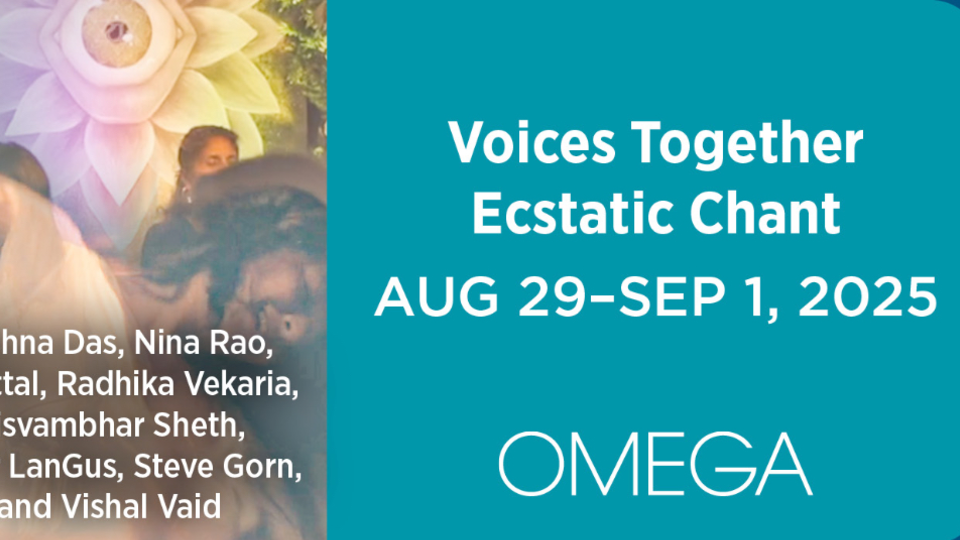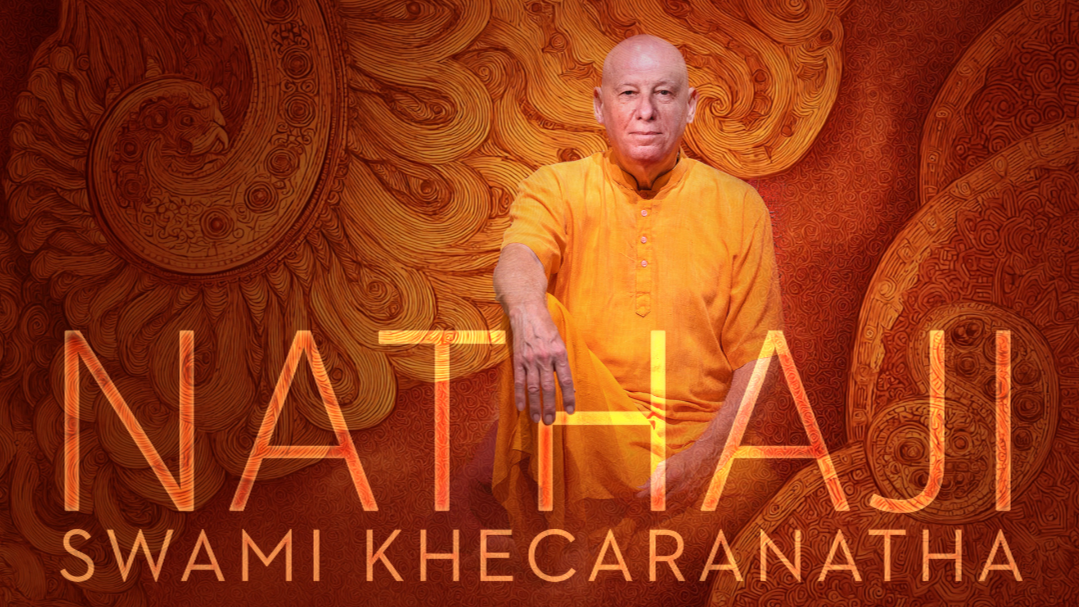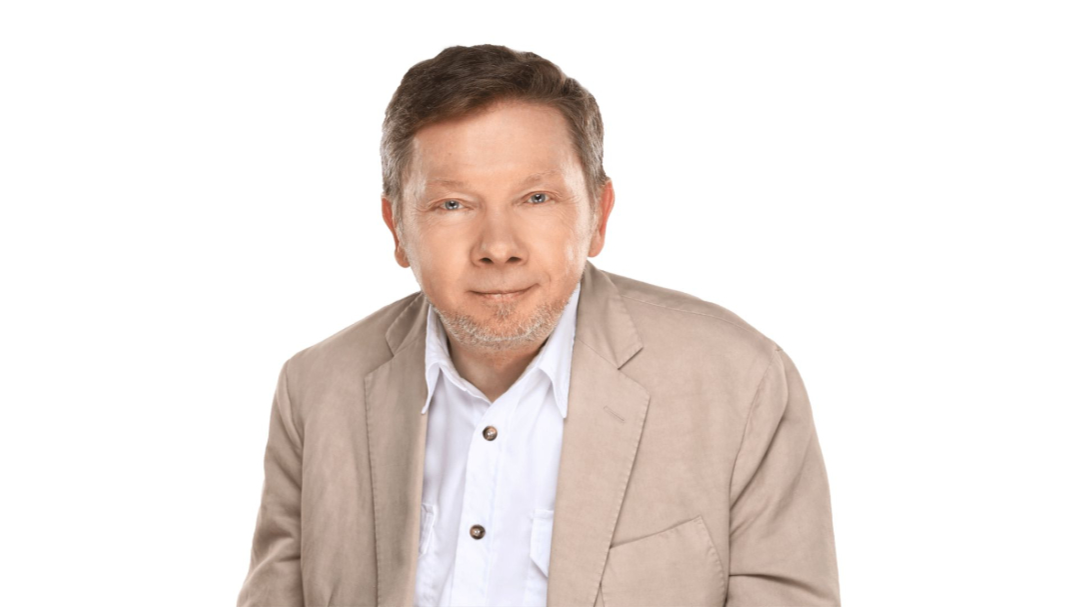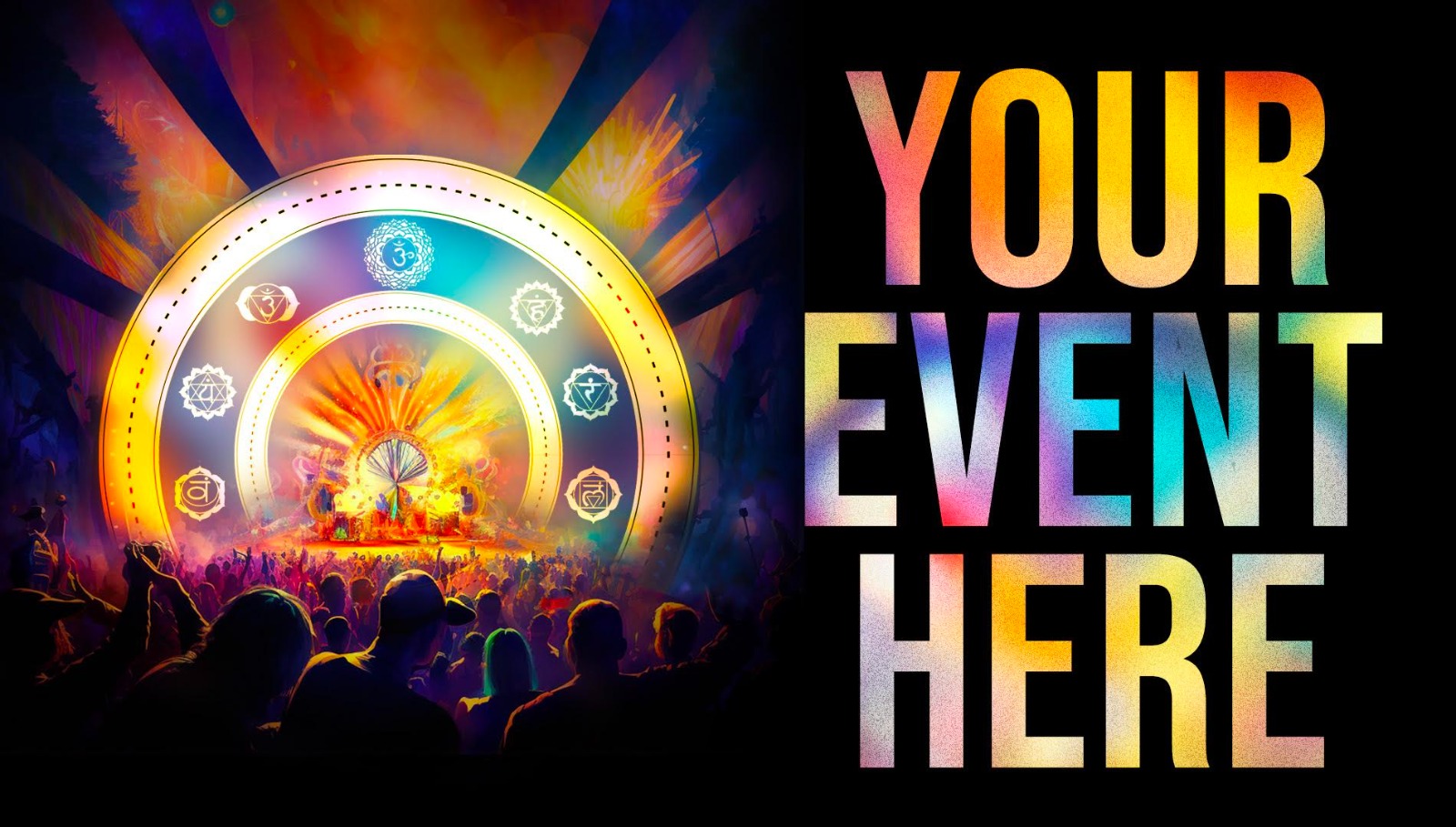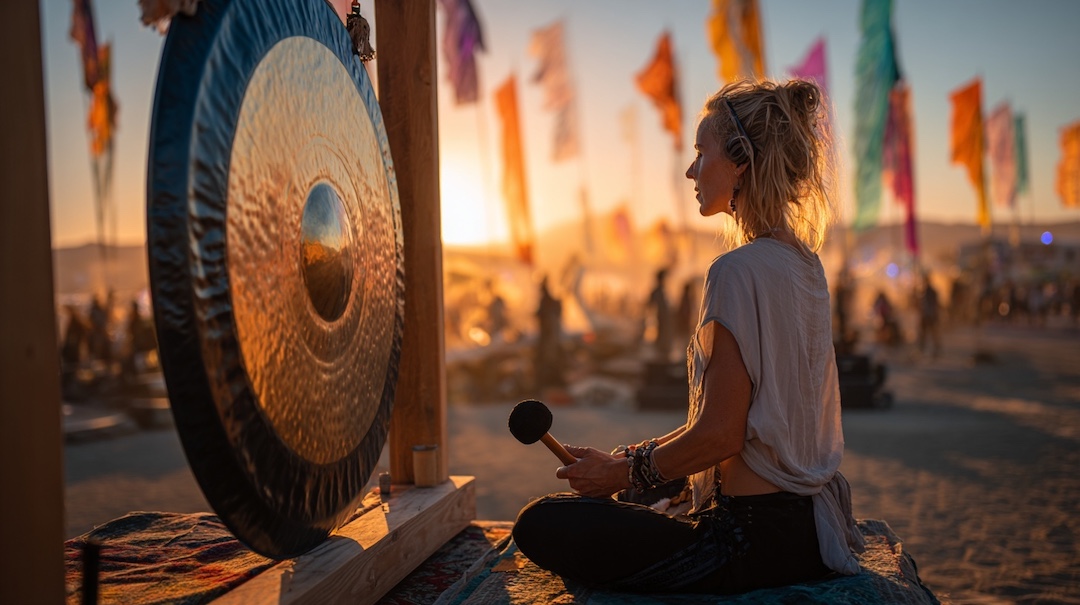
There are sounds that feel like they come from the earth… and others that feel like they come from somewhere beyond it. The Handpan — often called the Hang Drum — somehow carries both. Its tones are earthy yet celestial, grounding yet spacious, simple yet deeply layered. People describe it as a sound that “opens the heart” or “quiets the mind instantly,” and once you’ve heard one, you understand why.
For over two decades, the Handpan has been quietly transforming meditation circles, yoga studios, healing ceremonies, and festival landscapes across the world. Today, it’s become one of the most beloved instruments in the conscious community — not because it is trendy, but because its sound seems to bypass thought and speak directly to the soul.
This is an exploration of where the Handpan comes from… and why its sound has such a measurable and mystical healing effect.
A Brief Origin Story: How the Hang Was Born
Unlike ancient flutes or hand drums, the Handpan is a relatively new creation. It was born in the year 2000 in Bern, Switzerland, when PANArt — a pair of steel artisans — merged the concepts of the Caribbean steelpan, the Indian ghatam, the African udu, and Indonesian gamelan.
The result was a UFO-shaped instrument called the Hang (pronounced “hong”).
The Hang produced tones no one had ever heard in a melodic percussion instrument:
- Rich harmonic overtones
- Bell-like resonance
- Notes that seemed to shimmer inward
- A natural sense of intimacy and stillness
Musicians, sound healers, and spiritual practitioners quickly fell in love. What started as a handmade curiosity in a Swiss workshop became a global movement that has inspired thousands of players and captivated millions of listeners. Over time, as different makers emerged, the broader term Handpan became the name for the entire family of these instruments.
🌬️ Why the Handpan Heals: The Science & The Spirit
The healing power of Handpan music is not just poetic — it’s physiological.
1. Harmonic Overtones Calm the Nervous System
Each strike produces multiple frequencies at once, creating a natural “sonic massage” that slows brainwave patterns and supports deep relaxation.
2. Repetition Induces a Meditative State
Handpan rhythms are cyclical, wave-like, hypnotic. They gently guide the mind away from analysis and toward presence.
3. The Sound Encourages Slow, Rhythmic Breathing
Listeners often report that their breath deepens without trying. This naturally reduces stress hormones and activates the parasympathetic nervous system.
4. Vibrations Soften Emotional Resistance
Many describe Handpan sessions as feeling “emotionally safe.”
The sound is non-threatening, open, spacious — ideal for trauma release, inner exploration, or simply allowing the heart to soften.
5. A Perfect Companion for Spiritual Practices
Handpan music flows effortlessly into:
- Yoga
- Sound baths
- Meditation
- Breathwork
- Reiki
- Cacao ceremonies
- Ecstatic dance warmups
- Nature immersions
Its simplicity allows it to support, not dominate, whatever inner journey is unfolding.
💗 Handpan as a Tool for Mindfulness & Emotional Release
Not everyone connects with silence. Not everyone resonates with traditional chanting. But the Handpan offers an entry point into meditation that feels natural and effortless.
Its tones are intimate without being invasive.
Soft without being dull.
Complex without being overwhelming.
For many, Handpan music becomes a bridge between the mind and the heart — a gentle way into presence.
Some listeners experience:
- A release of held emotions
- A sense of being “carried” by the sound
- Spontaneous gratitude or warmth
- The dissolving of mental noise
This is why so many people describe Handpan music not simply as beautiful… but as healing.
🌏 The Handpan Community: A Global Circle of Sound
One of the most inspiring aspects of the Handpan is the community that grew around it.
Players come from all walks of life — yogis, street musicians, ceremony leaders, percussionists, sound healers. Many describe discovering the Handpan not as a choice but as an inner calling, as if the instrument found them.
The culture around it is:
- Collaborative
- Heart-centered
- Minimalist
- Nature-oriented
- Spiritually curious
Handpan gatherings and festivals have emerged worldwide, offering workshops, concerts, and collective sound meditations that draw thousands of people each year.
🌟 Why These Tones Speak to the Soul
The Handpan mirrors qualities we often seek in spiritual life:
- Stillness
- Spaciousness
- Simplicity
- Subtle beauty
- Presence
Its voice feels like a reminder — not of something new, but of something deeply remembered.
The tones don’t demand attention; they invite it.
They don’t overwhelm; they open.
They don’t entertain; they reveal.
In a world saturated with stimulation, the Handpan offers a doorway back into the quiet center of one’s being.
🌈 Conclusion: A Healing Modality in Its Own Right
Whether experienced in meditation, a sound bath, a yoga class, or an open field at sunset, Handpan music has a way of reconnecting us with ourselves. It’s an instrument whose sound feels both ancient and futuristic, grounded and transcendent — a perfect companion for anyone seeking healing, clarity, or inner stillness.
If you feel called to experience this for yourself, explore upcoming Handpan concerts, workshops, and sound healing events happening around the world on BrightStar.
One Planet. One Humanity. One Light.
BrightStar
